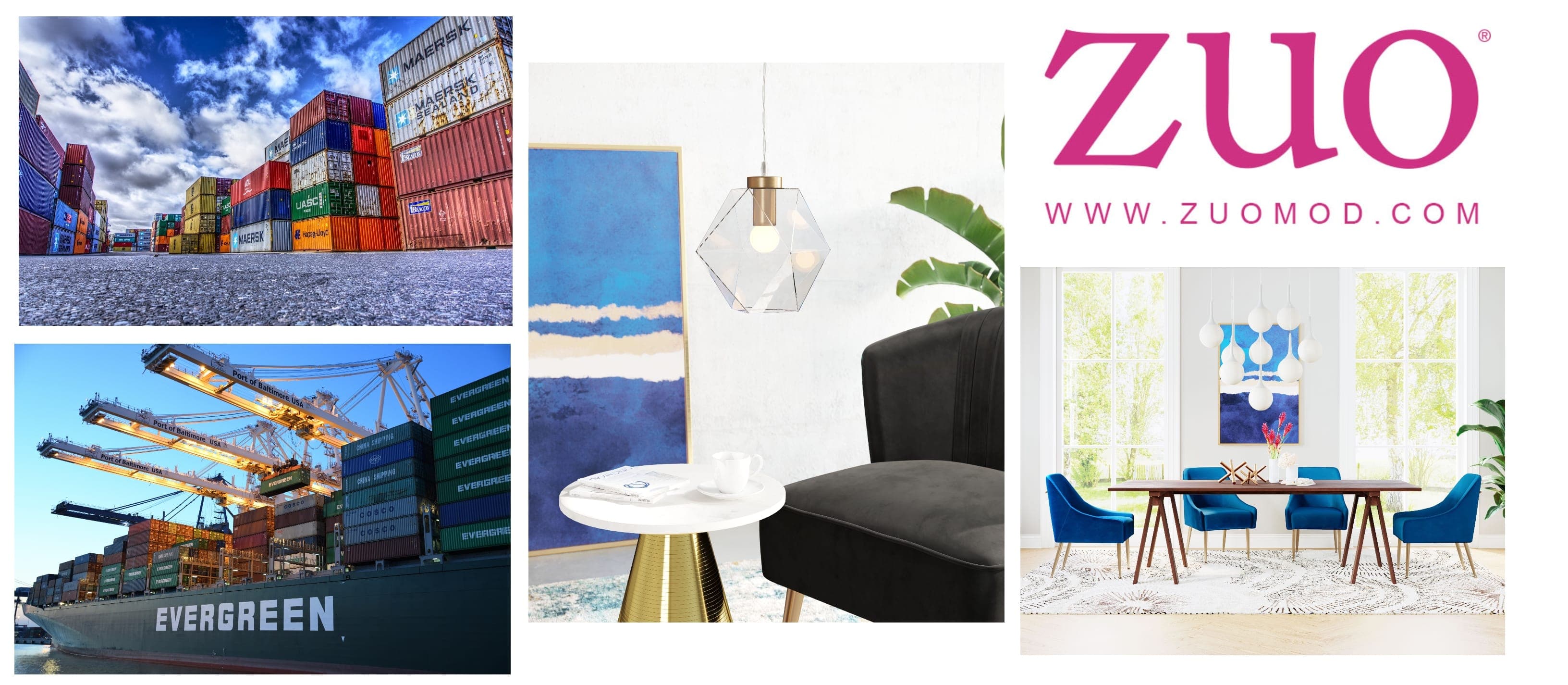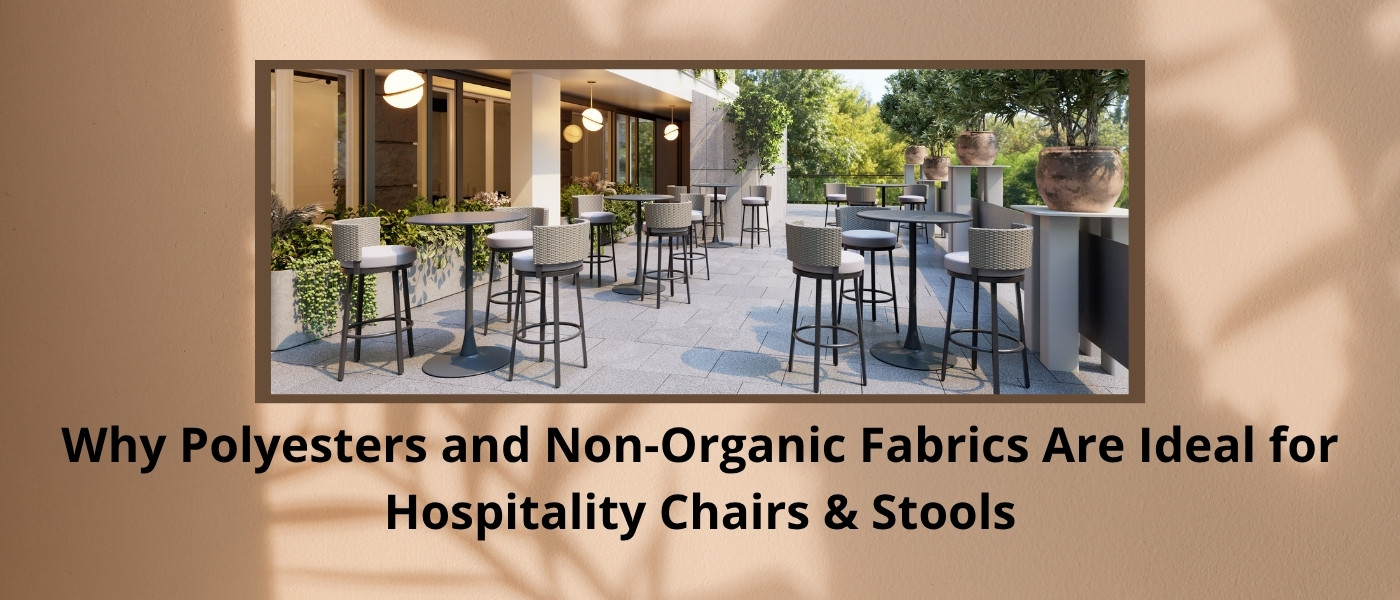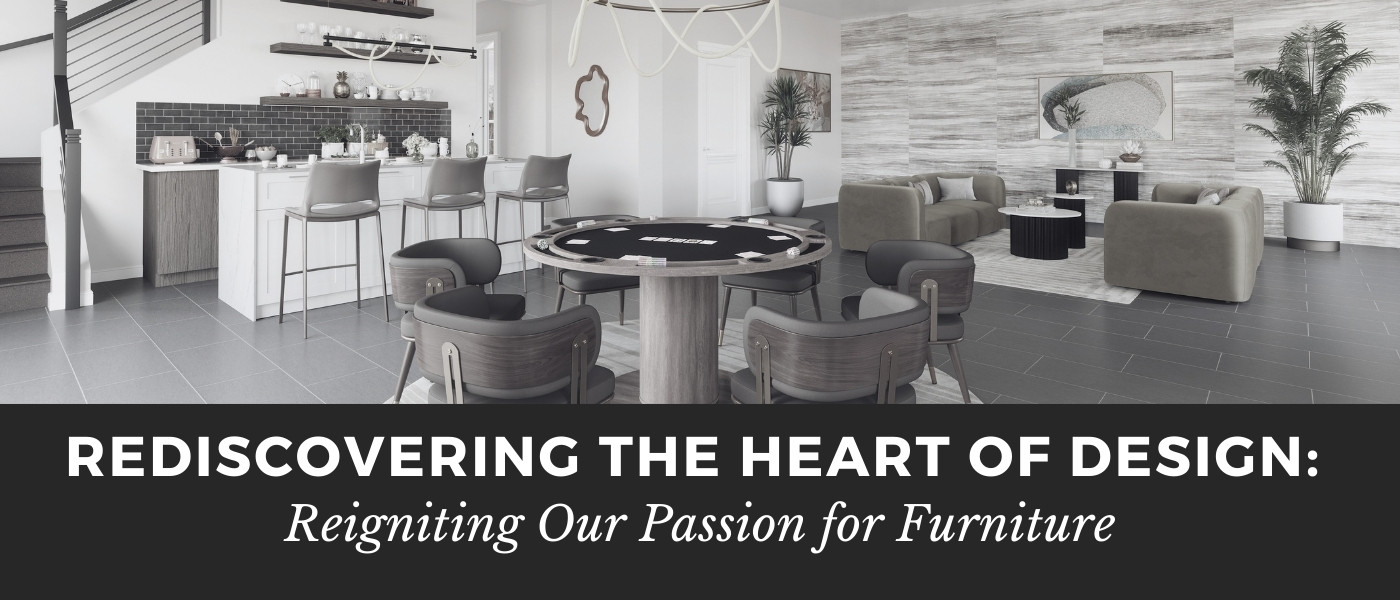Container scarcity is latest supply chain challenge

Despite surging demand for home furnishings since last summer, it’s no secret that supply chain problems have plagued the industry and led to increased lead times. There have been fabric shortages, foam shortages, lumber shortages – you name it shortages.
But in many instances, factories simply couldn’t ramp up production fast enough to meet the demand, as most were shut down for several weeks in March and April amidst coronavirus lockdowns. Even a non-operations guy like me understands that production can’t go from 0 percent capacity to 100 percent capacity instantly.
But now that most factories are humming again, another shortage has reared its ugly head: there aren’t enough ocean shipping containers to move the merchandise to U.S. ports from the Asian factories where much of our furniture is built.
That’s obviously a major headache for importers such as Zuo, not to mention large retailers who get a lot of container-direct shipments.
“Shipping is more challenging today that it has ever been,” Kyle Johansen, executive director of merchandising at Top 100 retailer HOM Furniture recently told Furniture Today. “The cost increases are unheard of … and that’s if you can get the containers.”
We’ve spoken with several furniture manufacturers and retailers who are livid about the situation and are convinced shipping companies are intentionally holding back containers and reducing shipping schedules in order to drive up prices.
We’re told it now costs $6,000 or more to ship a single container from Asia to the West Coast – at least triple the price before the pandemic began.
“It’s unfortunate because it’s not even a production problem anymore,” Scott Hill, president of sales at full-line importer New Classic, told Furniture Today. “It has come down to ‘How much are you willing to pay to get it in house’?”
Executives have told us this already has resulted in some price increases, and they warned more are probably on the way. So if you’re an interior designer, retail sales associate, or in-store design consultant, brace yourself.
And it’s also a good idea to preach patience to your clients, because it’s may take longer than usual for your go-to manufacturers to fill the order – especially if the client is ordering case goods. And be prepared to offer them an alternative product that’s in stock if their first choice isn’t available.
Many furniture industry old-timers have characterized the recent spike in demand as a once-in-a-generation opportunity to significantly boost business, so don’t let it slip away.




